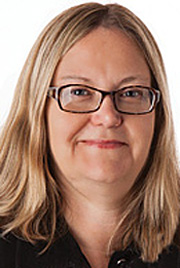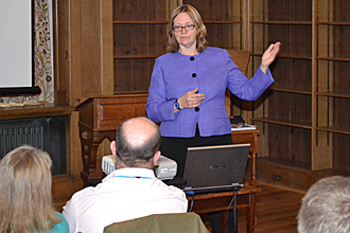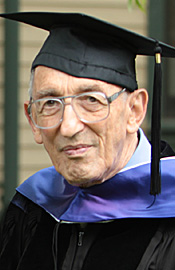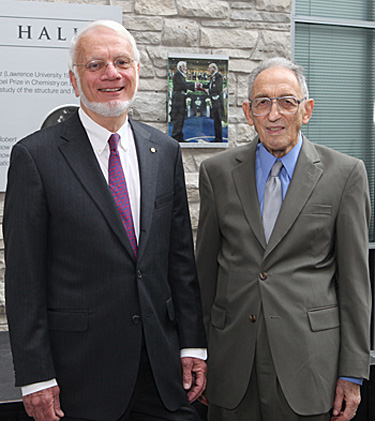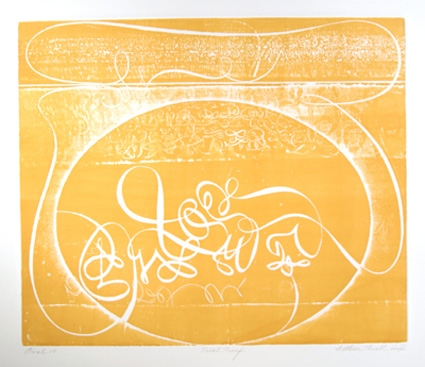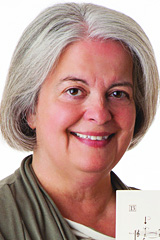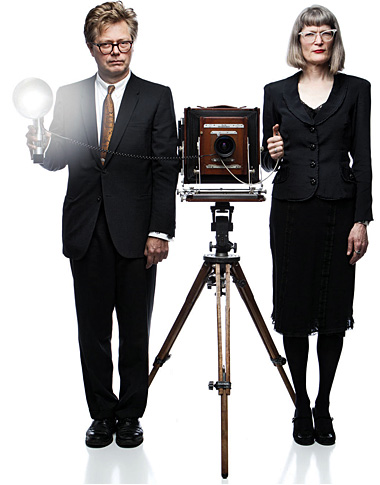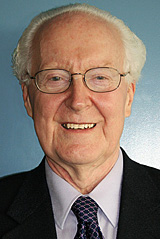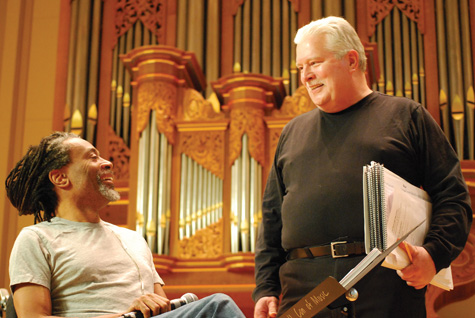The creative accomplishments of Lawrence University faculty members, photographers and creative partners John Shimon and Julie Lindemann have been recognized with a Wisconsin Visual Art Achievement Award (WVAAA).

Awarded annually since 2004, the WVAAAs were created to honor artists who have contributed to the wealth of creativity in Wisconsin and to educate the public about the region’s rich artistic history.
The award was presented Sunday, May 24 at the Museum of Wisconsin Art (MOWA) in West Bend, where a retrospective of Shimon and Lindemann’s work titled “There’s a Place: A Three Decade Survey of Photographs by J. Shimon and J. Lindemann,” runs until June 7. They were two of 13 visual artists to receive the award this year.
Art historian Debra Brehmer, director of Milwaukee’s Portrait Society Gallery, accepted the award on Shimon’s and Lindemann’s behalf. She offered a David Letterman-like Top 10 list of things she learned from them in accepting their award.
The artistic duo has long been interested in blending contemporary and historic photographic techniques to tell meaningful stories about ordinary people in their native Wisconsin. By combining old and new photography techniques, Shimon and Lindemann have created a compelling, at times melancholy, body of work. Although rooted in Wisconsin, their images are neither regional nor documentary but deeply personal, reflecting slow, thoughtful meditations on relationships that reveal the human experience.
Associate Professors of Art, Shimon and Lindemann joined the Lawrence faculty in 2000. They were recognized with Lawrence’s Faculty Excellence in Creative Activity Award 2012 and were named 2014 Wisconsin “Artists of the Year” by the Milwaukee Journal Sentinel.
Their photographs are featured in numerous museums including MOWA, The Art Institute of Chicago, the Madison Museum of Contemporary Art and the Milwaukee Art Museum.
About Lawrence University
Founded in 1847, Lawrence University uniquely integrates a college of liberal arts and sciences with a nationally recognized conservatory of music, both devoted exclusively to undergraduate education. It was selected for inclusion in the Fiske Guide to Colleges 2015 and the book “Colleges That Change Lives: 40 Schools That Will Change the Way You Think About College.” Engaged learning, the development of multiple interests and community outreach are central to the Lawrence experience. Lawrence draws its 1,500 students from nearly every state and more than 50 countries.

